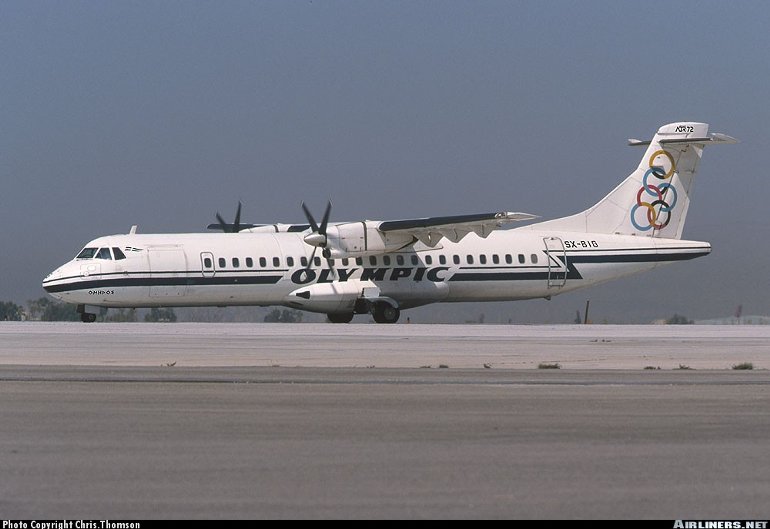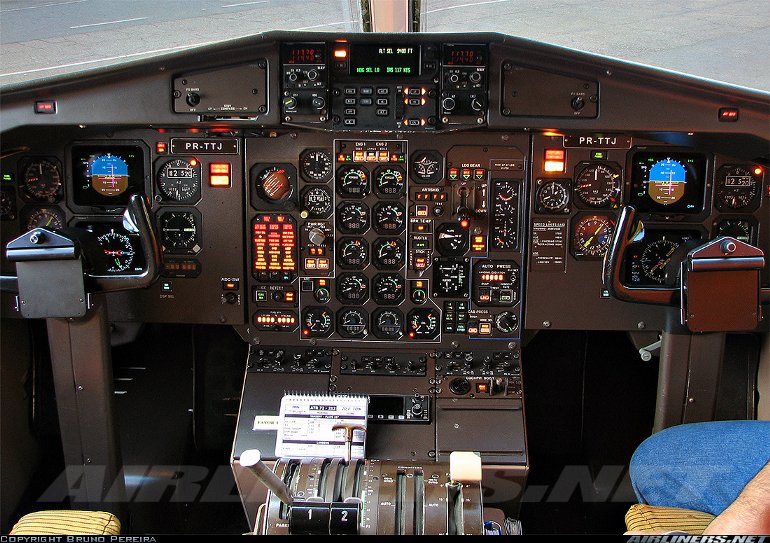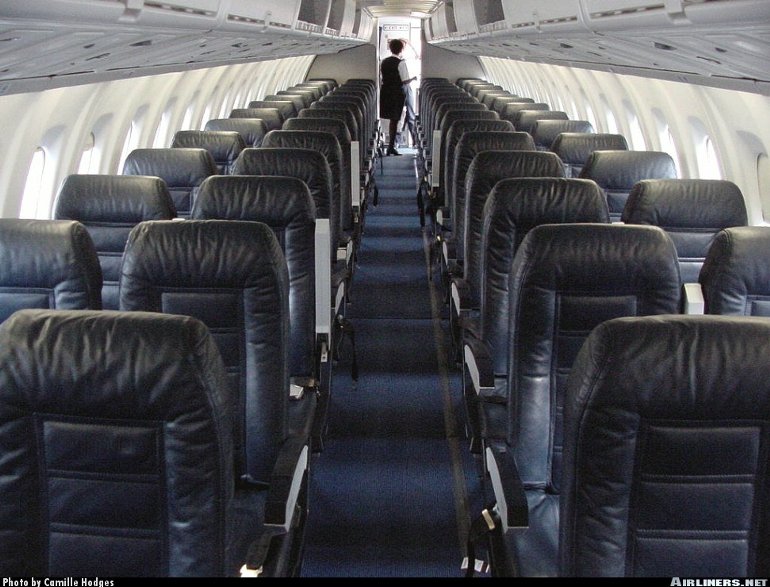Aircraft Technical Data
ATR ATR-72



| Details | |
| Country of Origin | France and Italy |
| Type | 70 seat turboprop regional airliner |
| History | The ATR-72 is a stretched development of the popular ATR-42 and was launched in January 1986. The first of three ATR-72 development aircraft flew for the first time on October 27 1988, followed by the awarding of French and then US certification in late 1989. Entry into service was on October 27 1989 with Kar Air of Finland. Some other early operators are Foshing Airlines, NFD (later Eurowings), CSA, American Eagle, TAT, Air Littoral, LOT, and Olympic Aviation. Significant differences between the ATR-72 and the smaller and older ATR-42 include a 4.50m (14ft 9in) fuselage stretch and reworked wings. The ATR-72's wings are new outboard of the engine nacelles and with 30% of it made up of composite materials, comprising composite spars and skin panels and a carbon fibre wing box. Aside from the baseline ATR-72-200, two developments have been offered, the ATR-72-210, and the ATR-72-500 (previously ATR-72-210A). The ATR-72-210 is optimised for operations in hot and high conditions. It has more powerful PW-127 engines for better takeoff performance. The ATR-72-500 (renamed from ATR-72-210A on May 18, 1998) further improved hot and high model was certificated in early 1997. It features PW-127Fs driving six blade composite Hamilton Sundstrand propellers. The ATR-52C is an as yet unlaunched derivative with a redesigned tail to incorporate a rear loading ramp, intended for military and commercial operators. As with the ATR-42, a military maritime patrol version, known as the Petrel 72, has also been offered. The ATR-72 would have formed the basis for the ATR-82, a 78 seat stretched development. The ATR-82 would have been powered by two Allison AE-2100 turboprops (ATR studied turbofans for a time) and would have a cruising speed as high as 610km/h (330kt). The ATR-82 was suspended when AI(R) was formed in early 1996. |
| Powerplants | ATR-72-200 - Two 1610kW (2160shp) Pratt & Whitney Canada PW-124B turboprops driving four blade Hamilton Sundstrand propellers. ATR-72-210 - Two 1850kW (2480shp) P&WC PW-127 turboprops driving four blade Hamilton Sundstrand propellers. ATR-72-500 - Two 2051kW (2750shp) P&WC PW-127F turboprops driving six blade Hamilton Sundstrand propellers |
| Performance | ATR-72-200 - Max cruising speed at 15,000ft 526km/h (284kt), economical cruising speed 460km/h (248kt). Range with reserves at max optional weight 1195km (645nm), range with 66 pax 2665km (1200nm). |
| Weights | ATR-72-200 - Operating empty 12,400kg (27,337lb), max takeoff 21,500kg (47,400lb), optional 22,000kg (48,501lb). ATR-72-210 - Operating empty 12,450kg (27,447lb), max takeoff same as ATR-72-200. ATR-72-500 - Operating empty 12,950kg (28,550lb), max takeoff 22,000kg (48,501lb), optional 22,500kg (49,604lb) |
| Dimensions | Wing span 27.05m (88ft 9in), length 27.17m (89ft 2in), height 7.65m (25ft 1in). Wing area 61.0m2 (656.6sq ft). |
| Capacity | Flightcrew of two. Max seating for 74 passengers at four abreast and 76cm (30in) pitch. More typical seating for between 64 and 70 passengers, with seat pitch starting from 81cm (32in). With larger forward freight door fitted it can accommodate a payload of 7200kg (15,875lb) in 13 containers. ATR-52C - 7500kg (16,535lb) payload comprising pallets or five LD3 containers. |
| Production | As at late 2001 292 ATR-72s had been ordered, with 270 delivered. |
| Related Links | ATR ATR-72 |
The backbone of this section is from the The International Directory of Civil Aircraft by Gerard Frawley and used with permission. To get your own copy of the book click here. |
|








